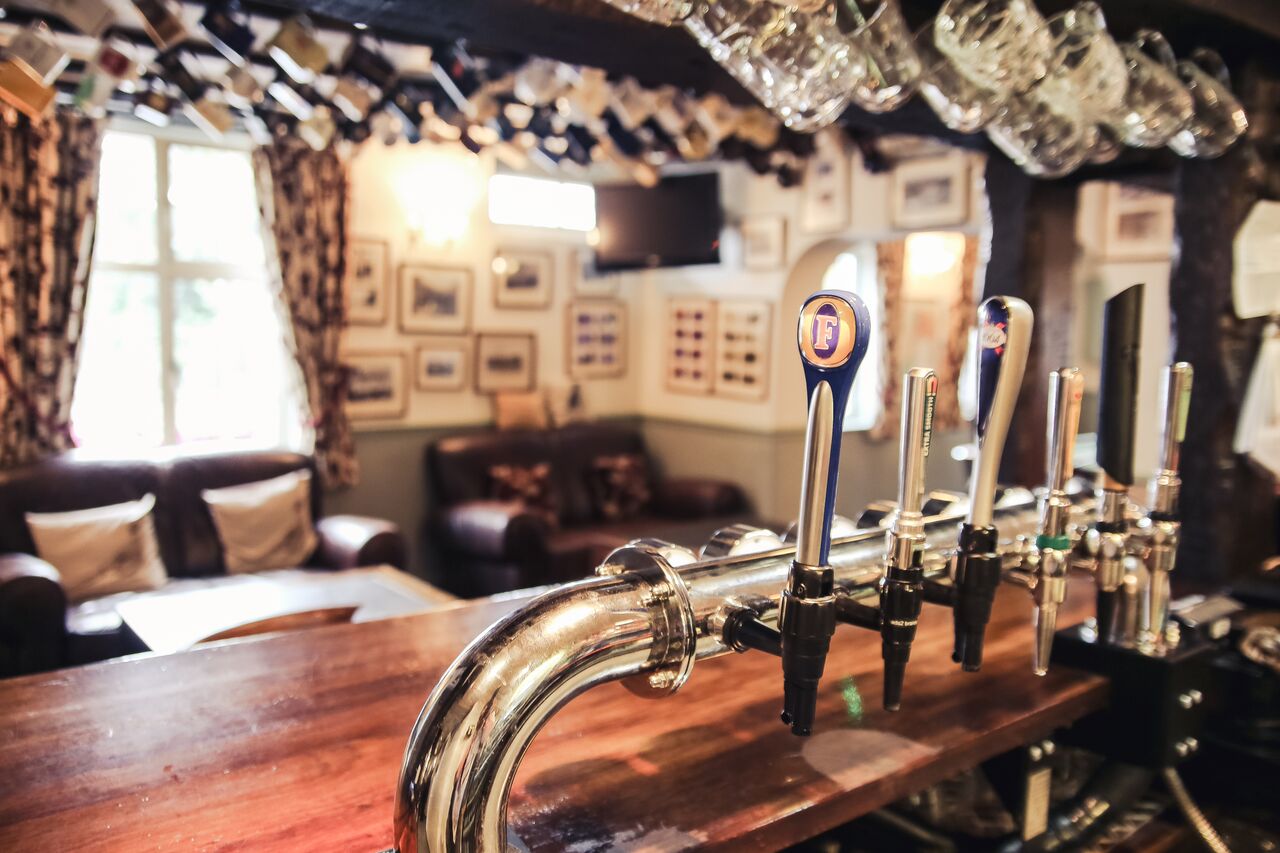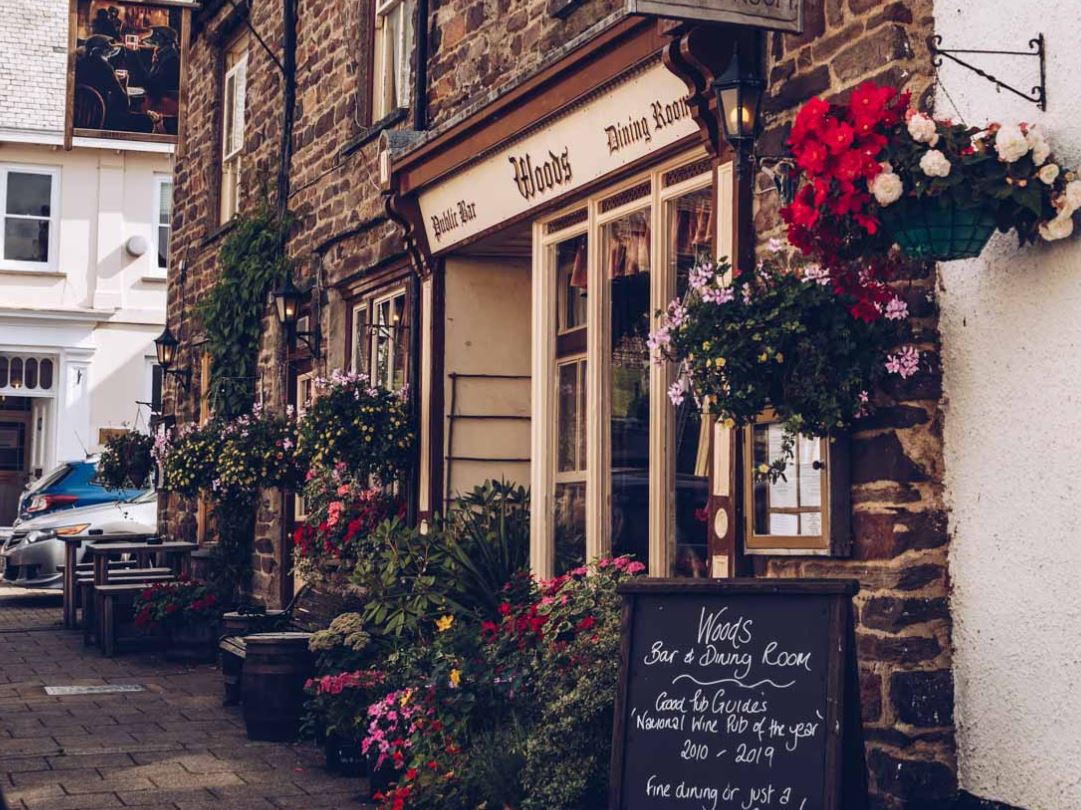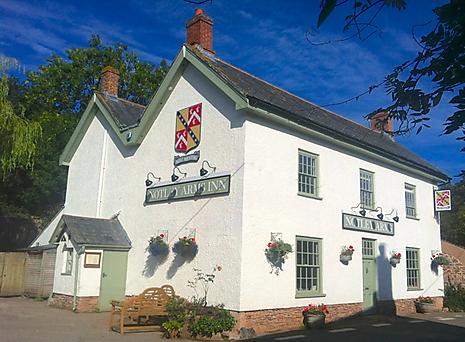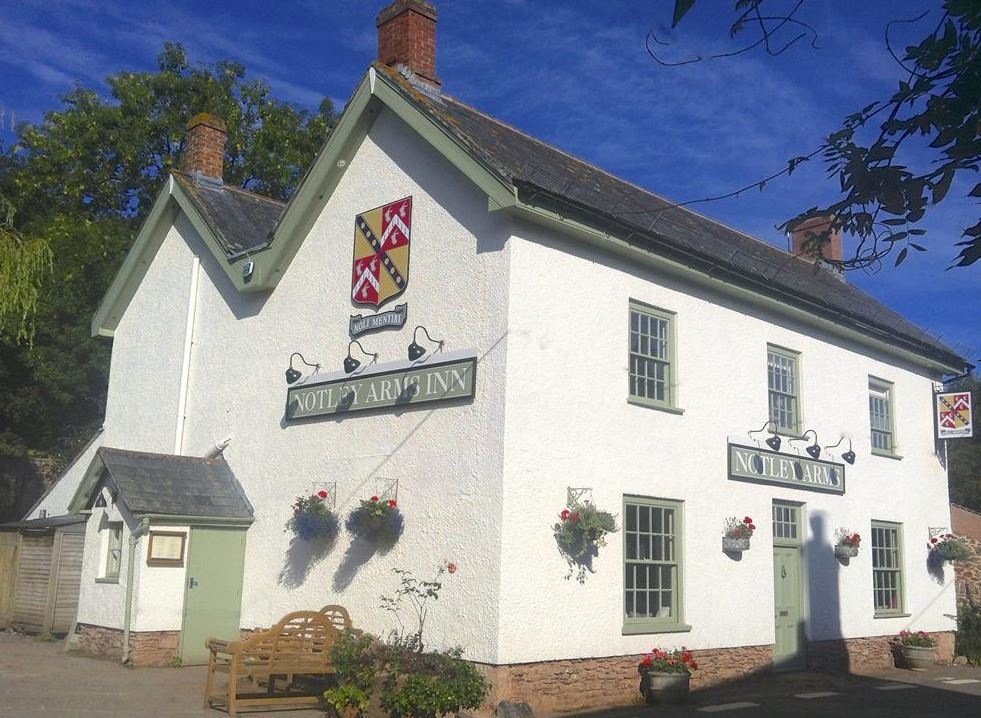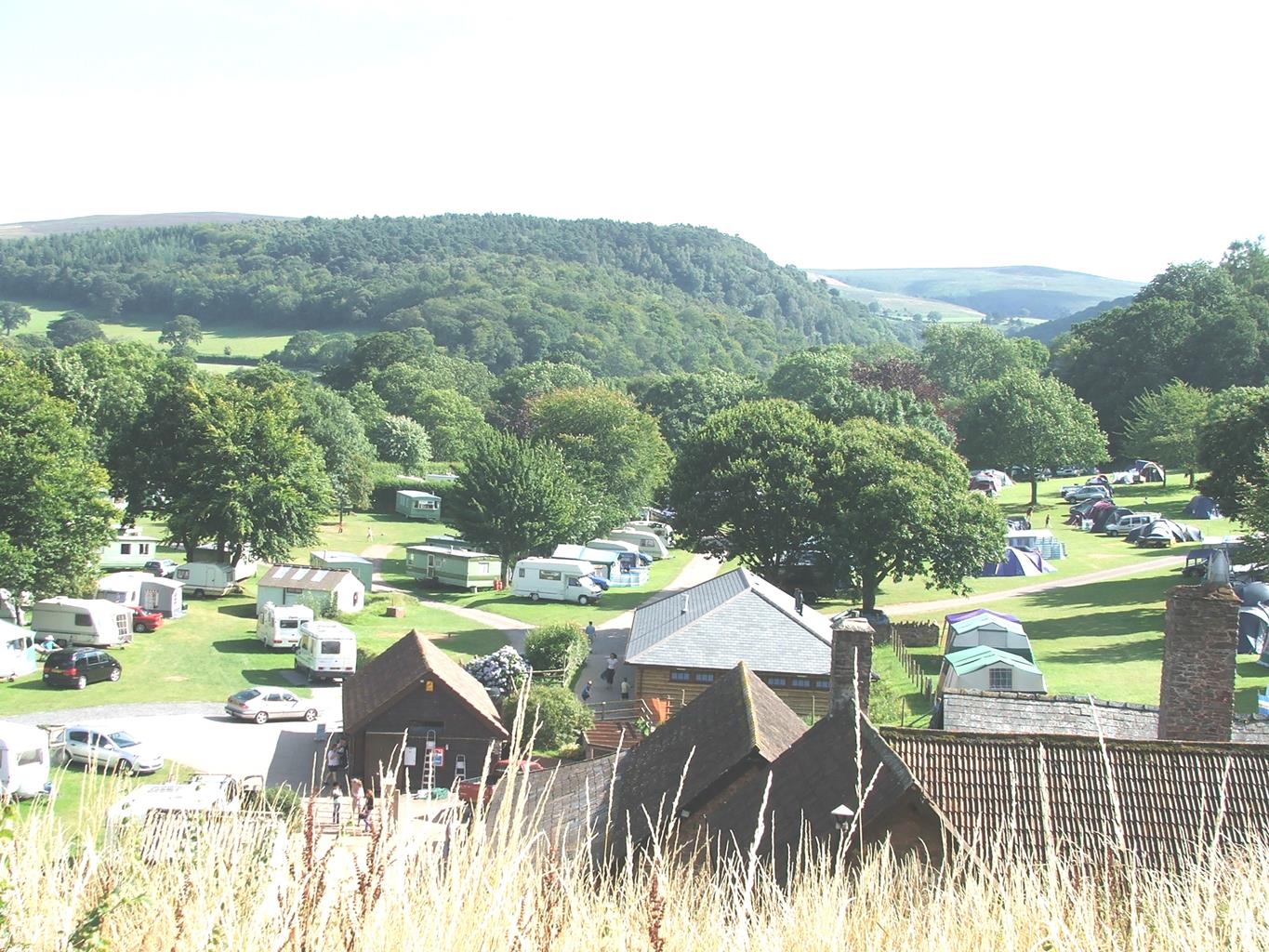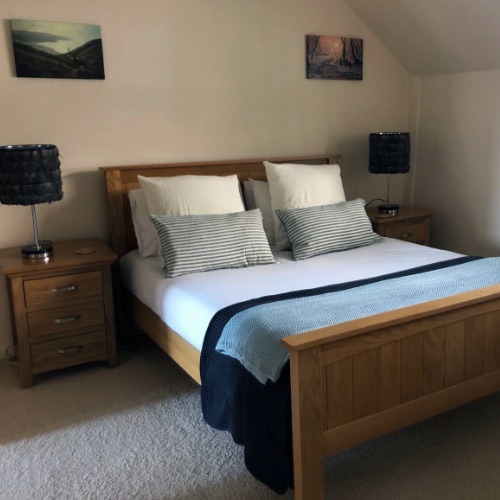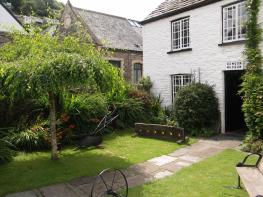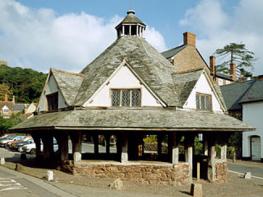Westermill Farm is an idyllic site for those seeking peace and quiet – it is in a sheltered…
Down the Doone Valley

Fact and fiction intertwine in this moorland valley walk, which visits the tiny church celebrated in R D Blackmore's classic novel.
8.75 miles (14.1kms)
About the walk
It is not often that a fictional place gets mapped in black print by the Ordnance Survey. But the area of Exmoor where Somerset and Devon meet is marked on the Explorer map as 'Doone Country'; and paths leading towards Badgworthy Water are signposted 'Doone Valley'. Near the foot of the valley is a monument to the man responsible, Richard Doddridge Blackmore (1825–1900), 'whose novel Lorna Doone extols to all the world the joys of Exmoor'. Badgworthy Water is not really Doone Valley. There's no point in trying to work out which window of Oare church is the one Carver pointed his carbine through to shoot Lorna on her wedding day – Carver never existed, so didn't need a window.
In some strange way Blackmore's Exmoor is more real and romantic than the flat Exmoor of fact. The angle at the top of the Badgworthy (grid reference SS 795434) really is Doone Gate, defended with a barrier and a tunnel – here Jan Ridd and Jeremy Stickles made their disastrous assault in Chapter 54. Walking down the valley, we mentally move the medieval village into the main valley, and place the small house of the sinister Counsellor Doone across the stream itself. At the same time we must raise the valley walls higher, and add rocks and crags to the slopes of heather, hawthorn and gorse that we see in the real world. As for the enclosed and dangerous waterslide that Jan Ridd clambers up to meet his Lorna, that won't be found at all, unless it's in the side valley of Lank Combe. Exmoor has bogs, but none of them is the Wizard's Slough, deep enough to swallow up the mighty Carver Doone. And there are no gold mines. It's at Oare church that romance and reality come together, for the building is virtually as it is in Blackmore's book, and one John Ridd was churchwarden there no longer ago than 1925.
The Doones of Badgworthy
The Doones of Badgworthy existed in local legend before Lorna Doone, certainly as a story to scare naughty children, and possibly in fact. Lawless men did take refuge on Exmoor in the aftermath of the Civil War and the Monmouth Rebellion. However, they could scarcely have plundered the countryside and murdered its inhabitants for a full century without ever appearing in the law court records of the time.
Walk directions
Cross Robber's Bridge and follow the road to Oareford. Turn left up the bridleway track signed 'Larkbarrow'. After a mile (1.6km), the now faint track runs straight up across two grassy fields to a signposted gate where a bridleway from Oare church joins the route. Keep ahead up this third field over its rounded crest, and bear slightly left to a gate at its back left corner.
Go through a gate on the left, and then a narrow gate on the right to rougher moorland. Take a faint path ahead for 140yds (128m). Here bear slightly right on a smaller path to go through a shallow col or gap. Now a wider path arrives from the right. Bear left on it to large and small wooden gates.
The path ahead leads down, with a bank on its left, to Edwards Post. Turn right ('Badgworthy Valley') on a clear path that gradually climbs to a gate. It then drops towards the Badgworthy Valley, rises again, then drops to cross the railed footbridge at Doone Gate.
A wide path continues downstream. After a plank footbridge a gate leads into the hummocks of the lost medieval village. Go straight up to a wide path and turn right signposted Malmsmead. Continue down the main valley, through woods, to a large footbridge to Cloud Farm.
Pass to the left of Cloud Farm, on to a track that passes through a farm shed, then climbs out of the valley. Where it ends, go through a gate with a yellow square, to follow the lower side of a field to the edge of a wooded combe. Turn right for 70yds (64m) to a gate on the left. A track passes above the combe and turns down beyond it. Where the track bends right, keep downhill through waymarked gates, to turn left on the valley road below beside Oare church.
Turn right, signposted 'Porlock', and follow the road for 130yds (118m) to cross Oare Water. Turn right along the riverside to ford a small stream. A few paces further on, turn up left to a small summer house and then turn right between gorse bushes. A grass path leads straight up a sharp spur. It continues beside a fence to a gate; keep ahead, across heather, to the right-hand corner of a plantation.
Turn right on a small track ('Oareford'). This bends left near a field corner; here keep ahead, past a blue-topped post on a path towards some tall trees. Pass to the right of these trees, which mark ancient field-edges, to a small gate. A path leads steeply down to a footbridge into Oareford. Turn left to return to your car.
Additional information
Some steep ground, pathless open moor
Bleak, grassy moor, then a charming enclosed valley
Well-controlled – livestock throughout; horse riders in Doone Valley
AA Walker's Map 13 Exmoor
Car park (free) at Robbers Bridge
None on route; toilets at County Gate on A39
WALKING IN SAFETY
Read our tips to look after yourself and the environment when following this walk.
Find out more
Also in the area
About the area
Discover Somerset
Somerset means ‘summer pastures’ – appropriate given that so much of this county remains rural and unspoiled. Ever popular areas to visit are the limestone and red sandstone Mendip Hills rising to over 1,000 feet, and by complete contrast, to the south and southwest, the flat landscape of the Somerset Levels. Descend to the Somerset Levels, an evocative lowland landscape that was the setting for the Battle of Sedgemoor in 1685. In the depths of winter this is a desolate place and famously prone to extensive flooding. There is also a palpable sense of the distant past among these fields and scattered communities. It is claimed that Alfred the Great retreated here after his defeat by the Danes.
Away from the flat country are the Quantocks, once the haunt of poets Samuel Taylor Coleridge and William Wordsworth. The Quantocks are noted for their gentle slopes, heather-covered moorland expanses and red deer. From the summit, the Bristol Channel is visible where it meets the Severn Estuary. So much of this hilly landscape has a timeless quality about it and large areas have hardly changed since Coleridge and Wordsworth’s day.
Nearby stays
Restaurants and Pubs
Nearby experiences
Recommended things to do
Why choose Rated Trips?
Your trusted guide to rated places across the UK
The best coverage
Discover more than 15,000 professionally rated places to stay, eat and visit from across the UK and Ireland.
Quality assured
Choose a place to stay safe in the knowledge that it has been expertly assessed by trained assessors.
Plan your next trip
Search by location or the type of place you're visiting to find your next ideal holiday experience.
Travel inspiration
Read our articles, city guides and recommended things to do for inspiration. We're here to help you explore the UK.

